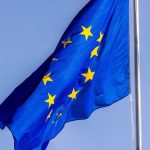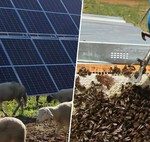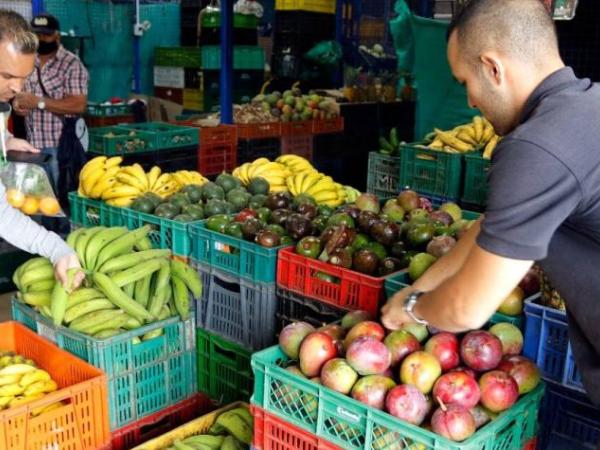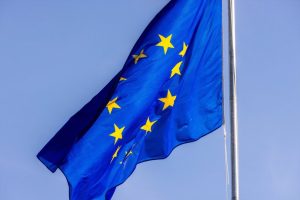With the arrival of covid-19, inflation in Colombia reached its lowest level in history, standing at 1.51% in March 2021, a result that was influenced by the impact of the pandemic on the behavior of the economy.
(More news: Why inflation is still not falling at the expected speed)
However, the indicator began to increase gradually in the second half of that year, maintaining an upward trend that would peak in March 2023 when the data reached 13.3%, the highest figure since 1999.
But, What fueled that uptick?
To answer this question, the Banco de la República analyzed the factors that led the Consumer Price Index (CPI) to accelerate after the health emergency.
beyond food
Researchers from Banrep’s technical team point out the cost of food and the combination of different internal and external causes that influenced its value as a first determinant of the inflationary outbreak.
Locally, the upward price curve in food was exacerbated by roadblocks that affected the productive capacity of various products.
To this factor was added the excess of rain in the last two years, a climatic situation that affected the production of various foods, mainly perishables.
(Read more: Inflation in Colombia falls again: June closed at 12.13%)
Food.
Archive Weather
In the international context, Russia’s invasion of Ukraine had a significant effect on the cost of agricultural inputs, especially fertilizers. This led to food inflation increasing worldwide.
All these elements together led to the fact that, at the end of 2022, the CPI for food will stand at 28%.
(More news: Gasoline has a hard impact on inflation, which fell to 12.13% annually in June)
However, experts also point out that, beyond food, supply chain disruptions, which affected global production and trade, were initially behind the price increases for many groups of goods.
As they explain in their research, “This phenomenon was magnified by the strong depreciation of the Colombian peso that occurred in 2021 and 2022, explained by external factors such as the tightening of international financial conditions and by internal factors such as local uncertainty and macro (fiscal and external) imbalances” .
The foregoing influenced internal costs to continue rising, in turn impacting total inflation.
Demand recovery and economic relief
The analysis indicates that another important element in the behavior of post-pandemic inflation was the reversal over time of some economic relief that was implemented during the covid-19 crisis.
The removal of relief measures that included temporary reductions in utility rates; freezing of fuel prices; the temporary elimination of VAT and consumption taxes on mobile phone plans, hygiene products, restaurants and hotels; have influenced the annual data, even to date.
(See: Cost of freight, difficulty for exporters from free zones)
The late effect of the recovery in domestic demand also played a vital role, as it was much faster than expected as it was leveraged by private consumption and credit growth.

Credit
PHOTO: iStock
Effect on expectations
The Banrep researchers explain that although the goal continues to be to bring the indicator to 3% in 2024, several of the factors that have marked the persistence of the inflationary phenomenon could make the process longer and more expensive.
(Read more: Consumer confidence in Colombia gained ground in June)
According to the analysis, inflation forecasts have increased to the point that all estimation measures are above the target in all time horizons.
“This increase in expectations partly explains the monetary policy response, since it shows that, although most of the determinants of the inflationary outbreak were initially supply factors, these permeated the agents’ expectations, making it necessary to policy intervention beyond the motive of correcting excess demand”they highlighted.
BRIEFCASE














